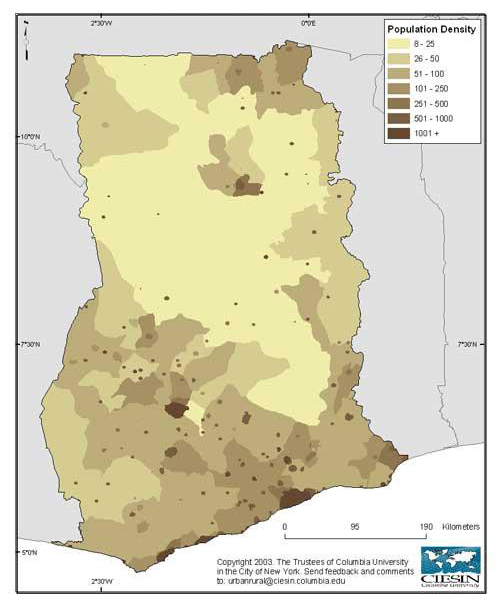dept | resources | glossary | credits | feedback | help | search |
|||||||||||||||||||||||||||||||||||||||||||||||||||||||||||||||||||||||||||||||||||||||||||||||||||||||||||||||||||||||||||||||||||||||||||||||||||||||||||
 |
|||||||||||||||||||||||||||||||||||||||||||||||||||||||||||||||||||||||||||||||||||||||||||||||||||||||||||||||||||||||||||||||||||||||||||||||||||||||||||

|
|||||||||||||||||||||||||||||||||||||||||||||||||||||||||||||||||||||||||||||||||||||||||||||||||||||||||||||||||||||||||||||||||||||||||||||||||||||||||||
 |
|||||||||||||||||||||||||||||||||||||||||||||||||||||||||||||||||||||||||||||||||||||||||||||||||||||||||||||||||||||||||||||||||||||||||||||||||||||||||||
| The Harriet and Robert Heilbrunn Department of Population and Family Health |
|||||||||||||||||||||||||||||||||||||||||||||||||||||||||||||||||||||||||||||||||||||||||||||||||||||||||||||||||||||||||||||||||||||||||||||||||||||||||||
 |
|||||||||||||||||||||||||||||||||||||||||||||||||||||||||||||||||||||||||||||||||||||||||||||||||||||||||||||||||||||||||||||||||||||||||||||||||||||||||||
intro | use demographic stats | rates & indices | measures of the total population | conclusion | exam |
|||||||||||||||||||||||||||||||||||||||||||||||||||||||||||||||||||||||||||||||||||||||||||||||||||||||||||||||||||||||||||||||||||||||||||||||||||||||||||
Measure of the Total Population Structure and Size
Population IndicesThese are indices that are used to summarize population dynamics and characteristics in one number. Some examples of commonly used population indices are as follows: Life expectation at birth (e0 ): Life expectancy is an estimate of the average number of additional years a person can expect to live IF the age-specific death rates for a given year prevailed for the rest of his or her life. Life expectation at birth is the most commonly used life expectation measure as it summarizes the expected mortality for a population at the moment of birth. It is highly influenced by infant and child mortality rates, and the higher these are, the lower the life expectation at birth. Because of its sensitivity to early childhood mortality, which is itself affected by many quality-of-living factors, life expectation at birth (e0) is often used as an indicator of the country or setting’s well-being. A better gauge of how old people are likely to live if they survive past infancy is the life expectation at age 15. There is much less variability in the e15 than in e0. The life expectation at birth is calculated in the process of preparing a life table, which is a simulation of lifetime mortality experience of a population. The life table uses the current age-specific death rates and applies them to a hypothetical population of 100,000, “aging” them through time until all the hypothetical members die. Life expectation at birth is the 6th column of an abridged life table. Example of a life table: This page has the most current life table for the US, males and females, showing the calculation of life expectation at age (x), from birth by single years through 85+. As for mortality rates, life expectation at birth is calculated for each gender and for both genders combined. In high mortality (least developed) settings, there is very little difference between the e0 for males and females. The life expectation gap then widens to about 3-4 years for the transitional/less developed countries, and among the more developed countries, the gender gap is closer to 7-8 years. This growing gender gap reflects the lower mortality rates among women, particularly after age 50-60. Ranges for life expectation at birth (e0)
Life expectancies at birth in some countries
Source: U.N. Demographic Yearbook 2006, etc. http://unstats.un.org/unsd/Demographic/Products/dyb/dybsets/2006%20DYB.pdf
Health-adjusted life expectancy (HALE) or Disability-Adjusted Life Expectancy (DALE) There is growing interest in developing indicators for the quality of life of populations. Two populations may have the same life expectancy but they can have very different healthy life expectancies depending on the proportion of people who experience serious disability and whether that disability occurs early or late in life. Health expectancy indicators are useful for comparing the health of groups within populations. This module does not explain how to calculate HALE or DALE, and for those details, see recent works by Murray et al., 2000. Health expectancy (HE) or Health-adjusted life expectancy (HALE) is the expectation of years of life in “good” health or disability-free years. For example, a society may have an average life expectation at birth of 86, but the healthy life expectation may only be 76, after which the remaining years lived are “poor” health or disabled. Disability or health adjusted life expectancy (DALE) or for disability adjusted life years (DALY) are the total number of expected years of “good” health or disability-free life. DALE summarizes the expected number of years to be lived in what might be termed the equivalent of "full health." To calculate DALE, the years of ill-health are weighted according to severity and subtracted from the expected overall life expectancy to give the equivalent years of healthy life. The WHO rankings show that years lost to disability are substantially higher in poorer countries because some limitations -- injury, blindness, paralysis and the debilitating effects of several tropical diseases such as malaria -- strike children and young adults. People in the healthiest regions lose some 9 percent of their lives to disability, versus 14 percent in the worst-off countries. Countries with the highest DALE (as of 1999) are Japan, 74.5, Australia, 73.2 years; France, 73.1; Sweden, 73.0; Spain, 72.8; Italy, 72.7; Greece, 72.5; Switzerland, 72.5; Monaco, 72.4; and Andorra, 72.3. The United States rated 24 th under this system, or an average of 70.0 years of healthy life for babies born in 1999. DALE is estimated to equal or exceed 70 years in 24 countries, and 60 years in over half the Member States of WHO. At the other extreme are 32 countries where disability-adjusted life expectancy is estimated to be less than 40 years. Many of these are countries with major epidemics of HIV/AIDS, among other causes. All of the bottom 10 countries (n=191) were in sub-Saharan Africa , where the HIV-AIDS epidemic is rampant. In ascending order beginning with the lowest life expectancy, those countries were Sierra Leona, 25.9 years of healthy life for babies born in 1999; Niger, 29.1; Malawi, 29.4; Zambia, 30.3; Botswana, 32.3; Uganda, 32.7; Rwanda, 32.8; Zimbabwe, 32.9; Mali, 33.1; and Ethiopia, 33.5. DALE data from: Mathers CD, Sadana R, Salomon JA, Murray CJL, Lopez AD. Estimates of DALE for 191 countries:methods and results. Global Programme on Evidence for Health Policy Working Paper No. 16. World Health Organization, June 2000 |
|
||||||||||||||||||||||||||||||||||||||||||||||||||||||||||||||||||||||||||||||||||||||||||||||||||||||||||||||||||||||||||||||||||||||||||||||||||||||||||
 |
|||||||||||||||||||||||||||||||||||||||||||||||||||||||||||||||||||||||||||||||||||||||||||||||||||||||||||||||||||||||||||||||||||||||||||||||||||||||||||

